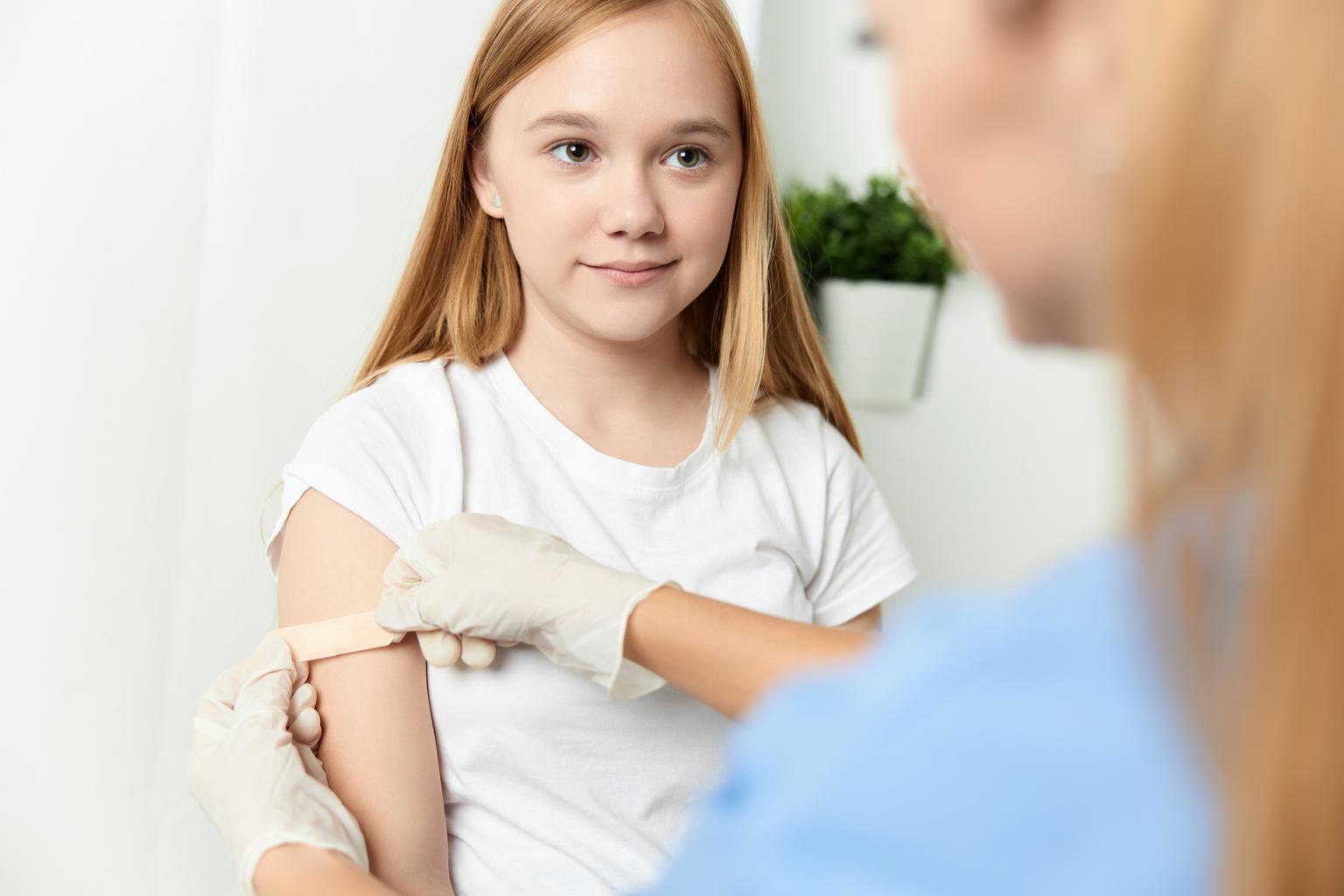Internists need a grounding in common women’s reproductive health issues. Here’s a look at a few.
As a primary care physician, you may be faced with patients presenting with issues related to women's reproductive health, such as irregular or missed menses, infertility or menopause symptoms. In his lecture "Women's Reproductive Health for the Internist," now available for CME credit through AudioDigest, Dr. Bradley Shawn Hurst, director of reproductive endocrinology and infertility at Carolinas Medical Center, provides an overview of these topics.
Menstrual cycle issues
Let's start with a case of a 22-year-old woman with a history of irregular menses who was placed on birth control pills. The birth control pills did regulate her periods, but she stopped due to side effects. She presents to you with worsening irregular menses.
Menstrual cycles typically recur every 28 days but can vary from 25 to 35 days. Initially, the pituitary gland produces an increase in follicle stimulating hormone (FSH), which stimulates a follicle to grow and produce estrogen. A surge in luteinizing hormone (LH) then triggers ovulation, and the ovary produces progesterone and a second surge of estrogen. If there's no pregnancy, then estrogen and progesterone eventually decrease, which triggers menstruation.
Several abnormalities can occur with the menstrual cycle:
- Amenorrhea. By definition, amenorrhea is when a woman does not have a period for over six months, but most patients present before six months have elapsed. When a woman misses her period, you first want to rule out pregnancy. Next, obtain a detailed history, including whether the patient has ever had a period, any other symptoms they're experiencing and medications they're taking. Then, move on to the physical exam, noting abnormal hair growth, acne, milky breast discharge or blind vagina. An ultrasound and lab tests including TSH, free T4, prolactin, FSH, LH and anti-Müllerian hormone (AMH) can help you diagnose certain etiologies such as thyroid dysfunction, hyperprolactinemia, uterine adhesions and Müllerian agenesis.
- Oligomenorrhea. Women with oligomenorrhea have irregular periods; they may have a period every two or three months and generally aren't ovulating. It can be helpful to divide this category into estrogenized or hypoestrogenic anovulation. Estrogenized anovulation is when the ovaries produce continuous estrogen along with androgens — the most common example is polycystic ovarian syndrome (PCOS). Hypoestrogenic anovulation is due to a lack of estrogen, as seen with premature ovarian failure or athletic amenorrhea. The best tool to differentiate the two is a pelvic ultrasound. If the endometrium is relatively thick (>6mm), then the woman has estrogen. If it's thin (<6mm), then she has low estrogen. Looking at the follicles or lack of follicles can give you further information.
- Hyperandrogenism. Women with hyperandrogenism not only present with irregular or no periods but also have symptoms of excess androgens such as oily skin, acne and hirsutism. In addition to the work-up as mentioned above, it's important to further screen women with hirsutism by checking testosterone, DHEA-S and 17-hydroxyprogesterone levels. This will help determine if the androgens are from the ovary or adrenal gland and can also rule out late-onset congenital adrenal hyperplasia (CAH).
In the example above, the woman most likely has PCOS. PCOS is really a diagnosis of exclusion as there's no definitive test for the syndrome. Although irregular menses, acne, obesity and infertility are not uncommon, a patient may not have every symptom to be considered PCOS. Treatment is based on symptoms and whether the patient desires pregnancy or not. Typically, birth control pills are used to regulate menses and treat acne and hirsutism. But if the patient desires fertility, ovulation-inducing medications such as clomiphene are used.
To listen to the full lecture for CME credit, visit AudioDigest.
Infertility in women
Dr. Hurst continues to review women's reproductive health by describing a 35-year-old woman who has been trying to conceive for two years.This is also an area with vast differential diagnosis possibilities. Anovulation is one of the most common reasons, but other areas to consider are blocked fallopian tubes (caused by infections or endometriosis), uterine anomalies (either congenital or acquired, like Asherman's) or male infertility.
To assess these areas, start with a detailed history and physical. Then, consider a hysterosalpingogram to determine tubal patency and a hysteroscopy or sonohydrogram to look at the uterine cavity. In addition, day-three FSH, estradiol and AMH can help determine egg quality (or ovarian reserve), and an ultrasound around day 13 or 14 can allow you to check for mature follicles along with another estrogen level.
Menopause symptoms and treatment options
Dr. Hurst concludes with an example of a 50-year-old woman with hot flashes, night sweats and sleep disturbances.
As ovarian reserves deplete, women may experience irregular menses, and with declining estrogen, they may begin experiencing hot flashes, night sweats, sleep disturbances and moodiness. Generally, these symptoms begin when women are in their late 40s to early 50s. Some women have no symptoms, just one or all. These symptoms may interfere with their daily quality of life, and they may seek out treatment to manage them.
Hormone replacement therapy is the gold standard; however, many patients and practitioners fear using it. Many of the assertions in the Women's Health Initiative study nearly 20 years ago have been debunked, including the initial results of increased risk of breast cancer. Although there may be an increased risk over the long term (decreasing once hormone therapy is stopped), the risk of breast cancer in the initial four to five years of use did not increase. Besides symptom relief, other benefits of hormone therapy include a decreased risk of osteoporosis. Hormone therapy comes in many different forms and can be tailored to a patient's needs. Other options, including the use of antidepressants, are also discussed.
Women's reproductive health spans over many transitions in a woman's life and impacts a woman's overall health. Understanding some of the more common issues will help you better serve your patients.





